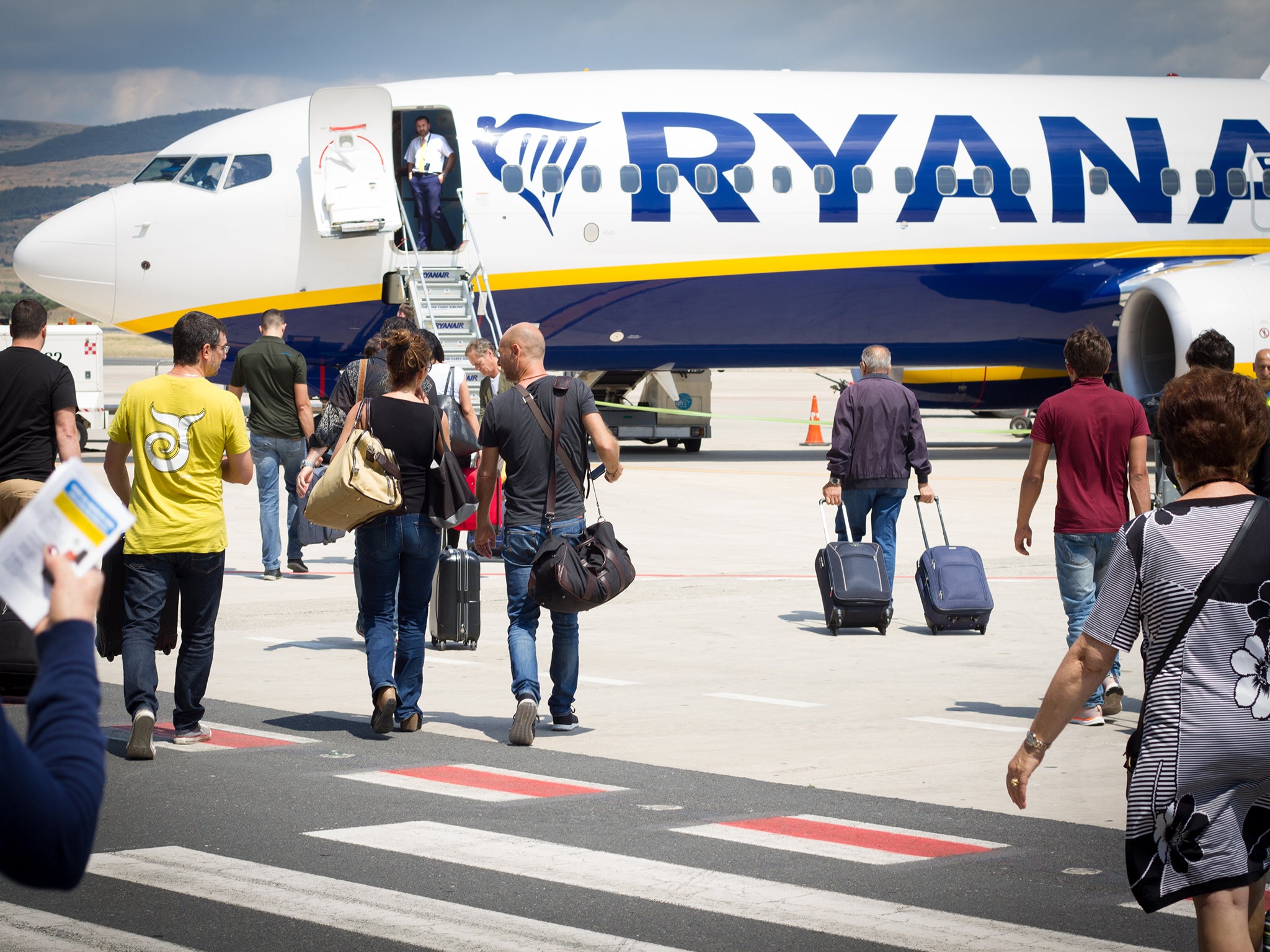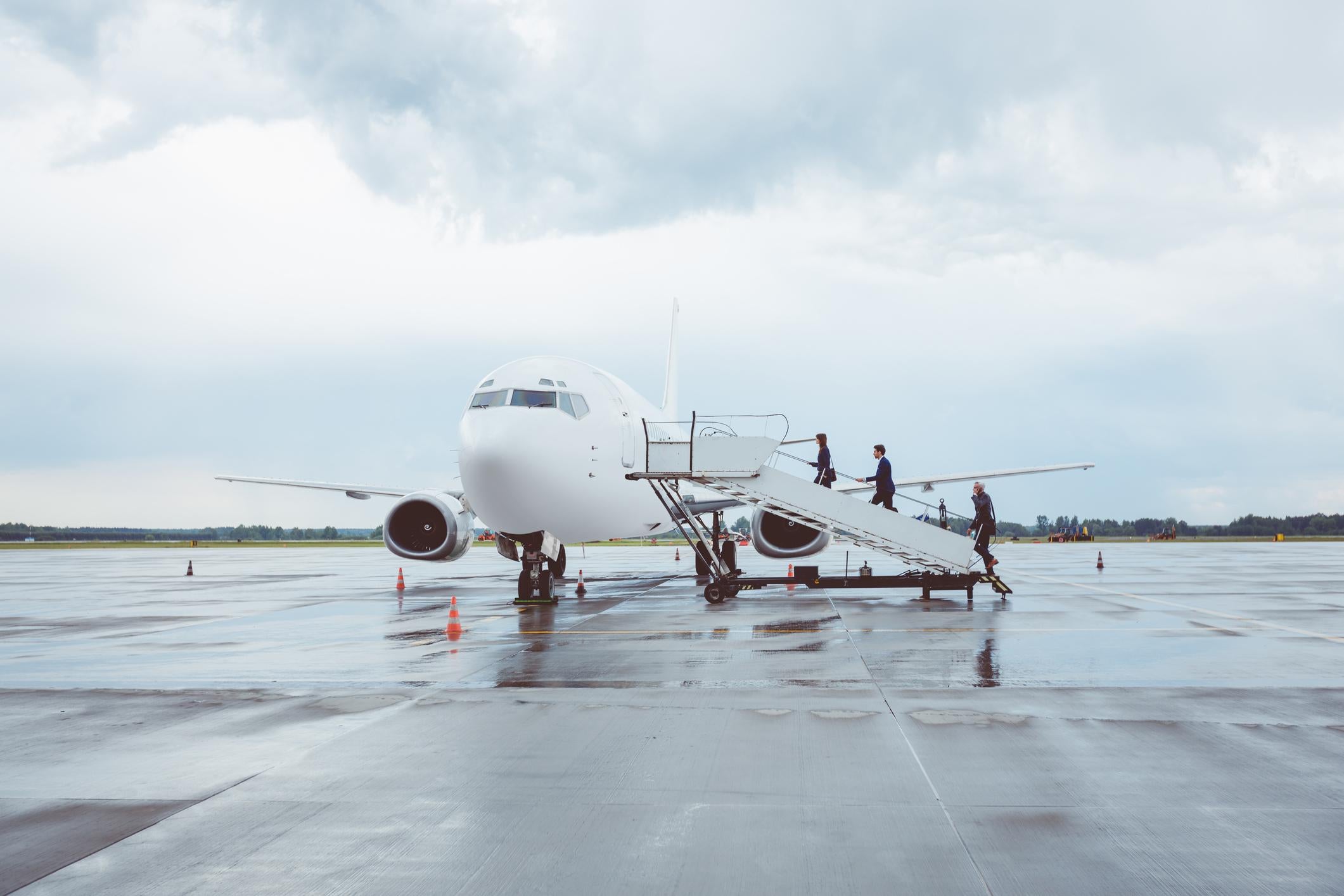This is why we board planes from the left-hand side
The custom has a long history

It feels automatic. Go to the airport, board the plane. It may never have occurred to you that you always board from the left hand side.
And there's a reason for that. Experts say it might even date back centuries to traditional nautical custom.
"Early airports were set up so that aircraft could taxi in front of the terminal and stop to discharge passengers," wrote a former US air force pilot on Quora. "It was useful for the pilot to be able to judge wing clearance from the terminal building and to put the aircraft door in front of the terminal doors. Some early transports had right-side doors into the passenger cabin, but the logic of the pilot's field of view prevailed.
"At some airports, stairs may be placed at forward and/or aft doors, but to avoid passengers wandering around a busy parking ramp, the loading/unloading is always on the same (almost always the aircraft's left) side.
"Also for safety reasons, passenger movement is kept on one side while fuelling is carried out on the other. It is also useful to unload/load baggage and cargo on the opposite side from passenger movement and the loading bridge or stairs."
However, Andrew Stagg, calling himself a commercial pilot on the site, had a different take.
"I believe the reasoning goes back to ships, which have a port (left) and starboard (right) side. The port side was the one you would embark and disembark from, so most airplane and jetway designers followed the same convention.
"While most larger transport category aircraft have two front and two rear exits, the placement of catering trucks and baggage loading equipment on the right, makes using the right doors impractical."

Adrian Young, senior aviation consultant at To70, told The Independent: "The vast majority of modern aeroplanes board/deplane on the left hand side and are serviced on the right hand side.
"This is something that has developed over the years. Some people point to the fact that on [ocean] liners passengers left from the port side. Until the 1960s, prior to the construction of jet bridges, aeroplanes would often park with close to and parallel to the terminal.

"With the captain sitting on the left and often the pilot tasked with taxi duties, parking with the left side closest to the terminal is easiest to judge for the captain. Jets like the DC-8 even parked like this at Schiphol when the first jet bridges were installed.
"Nowadays, aeroplanes have standardised this historic habit. Aeroplanes are fuelled on the right, bags are loaded on the right and most of the cleaning & catering vehicles also park on the right hand side."
Join our commenting forum
Join thought-provoking conversations, follow other Independent readers and see their replies
Comments